November 21st 2013: The Gloucestershire Regiment in World
War 1 | Graham Gordon of the Soldiers of Gloucestershire
Museum
Graham Gordon from the Soldiers of Gloucestershire Museum gave FHS members an excellent, informative and entertaining talk on the Gloucestershire Regiment’s role in World War 1. The Gloucestershire Regiment is the only Regiment in the British Army to have a cap badge back and front – the ‘back badgers’.
He explained the wider picture of the situation in Europe that cause Britian’s inevitable declaration of war – the German invasion of Belgium -the resulting push to increase the size of the Armed Forces – Kitchener’s Army and the excitement of the enlistment of ordinary men who probably hadn’t travelled more than a few miles from their home town before, illustrated by the happy scenes of the call up in Gloucester.
He explained the campaigns of the war, illustrated by sometimes gruesome pictures of the details of the trenches, how people where killed, sometimes drowned in mud weighed down by their 80lb back packs, the dangers of the gas attacks, sniper fire and the shells. He showed pictures of the beautiful Ypres Cloth Hall before and after its destruction, the Menin Gate and Hell Fire Corner, Loos and Passchaendale. Fairford Men died at each of these places.
He interspersed the talk with personal details of individual soldiers, the Cheltenham footballer who lost his leg and Private Miles age 20 who won the VC for extreme bravery and another who wrote to his family that he was safe in hospital but by the time the letter reached home he had been recalled to the Front and was dead. The youngest man [boy] to have a War Grave was aged 14, the youngest to enlist was age 12.
He finished the talk by the moving call of the last post reminding us that we must never forget those who died in the service of our country.
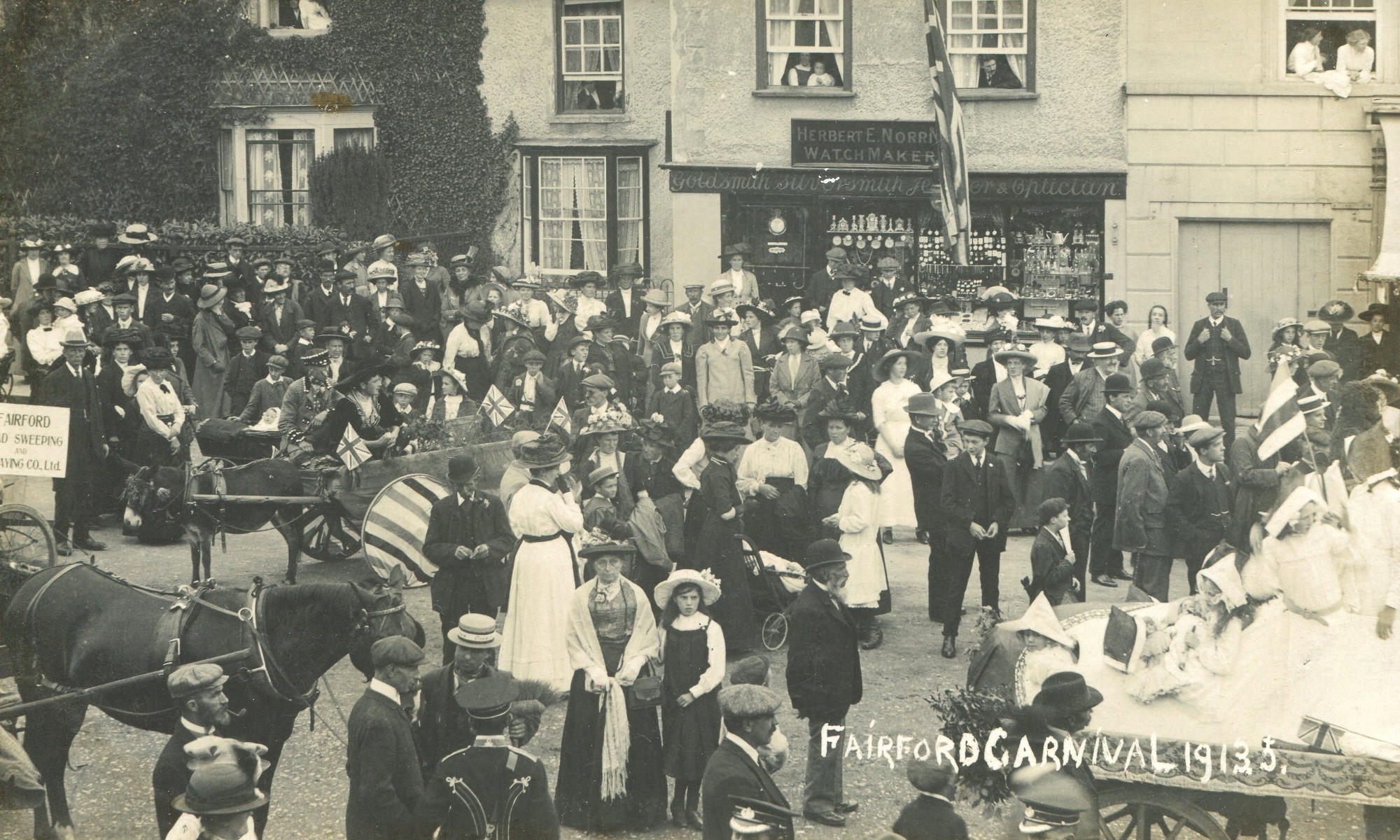

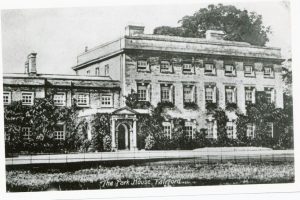



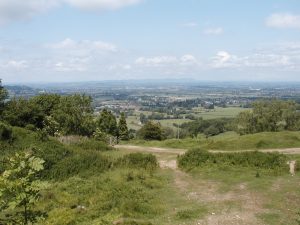
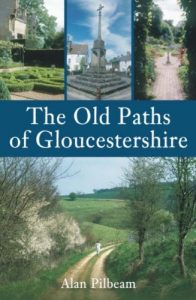
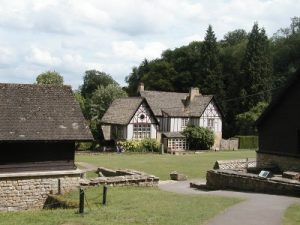
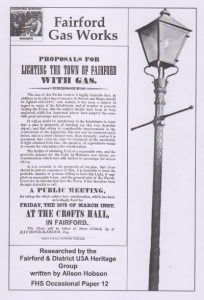
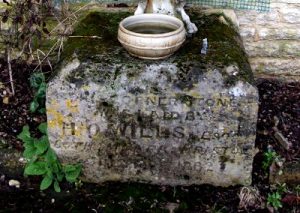


![Are the Oxpens the site of 'the wormstalls [cattle shelters] near the Greate Greene' cited in a 1591 Indenture?](https://www.fairfordhistory.org.uk/wp-content/uploads/2013/01/oxpens-300x199.png)